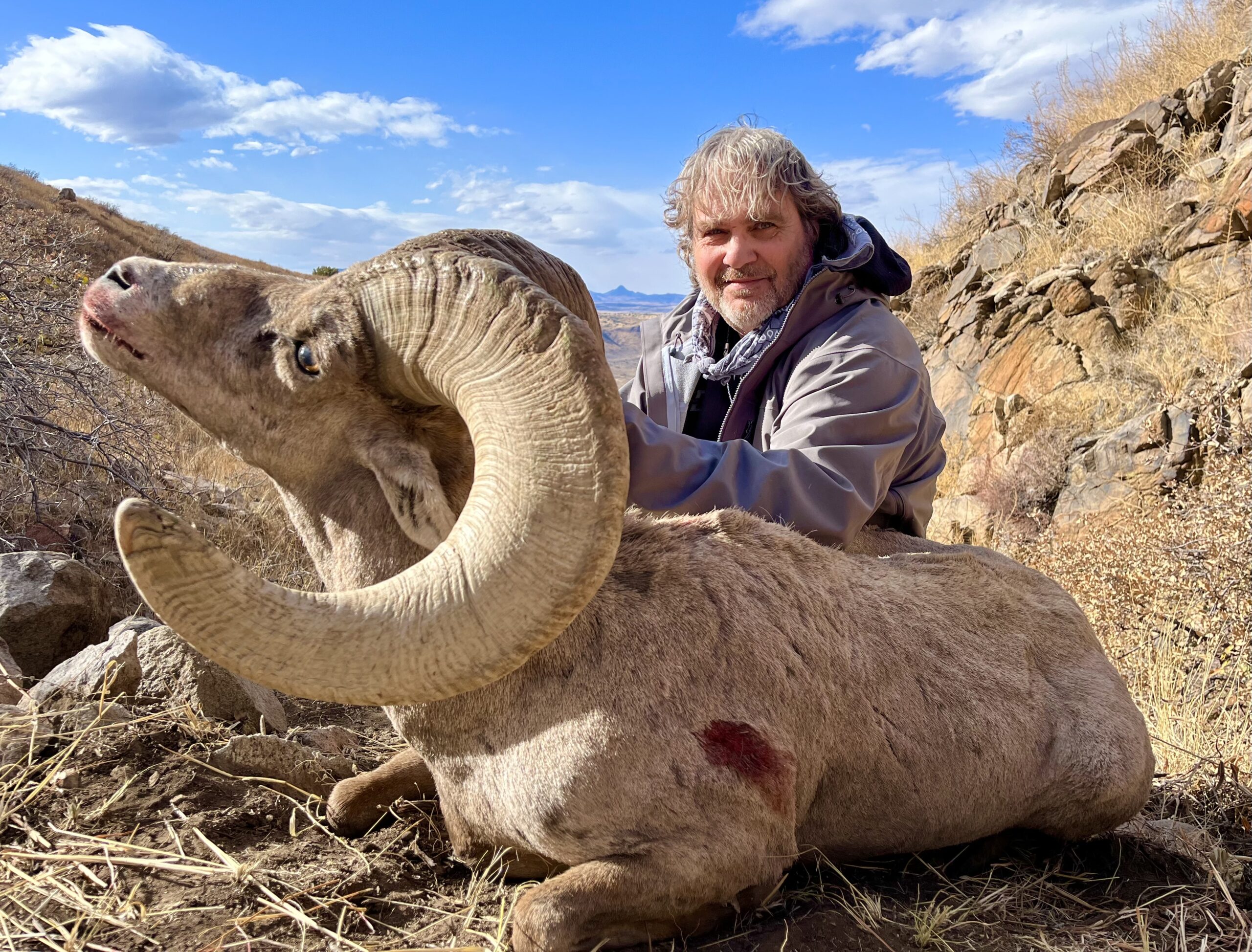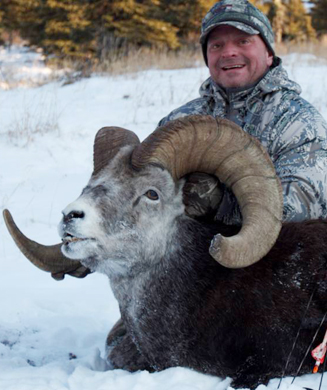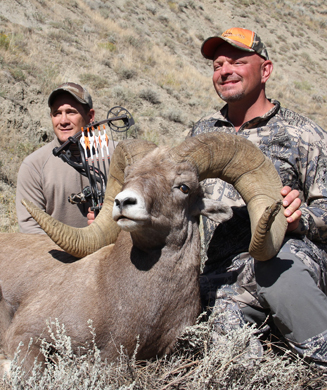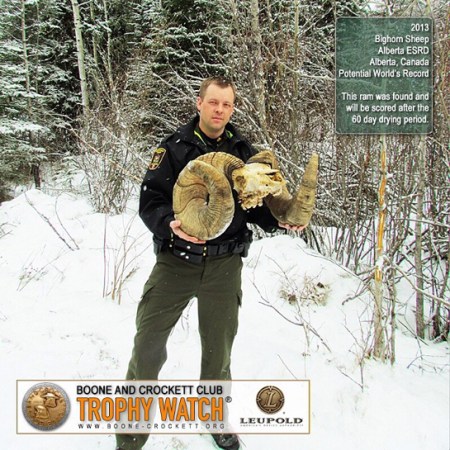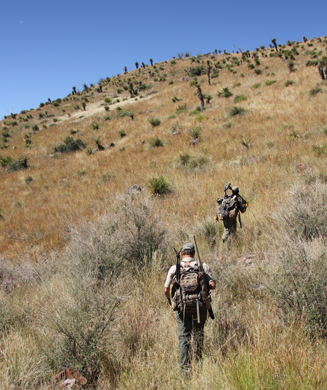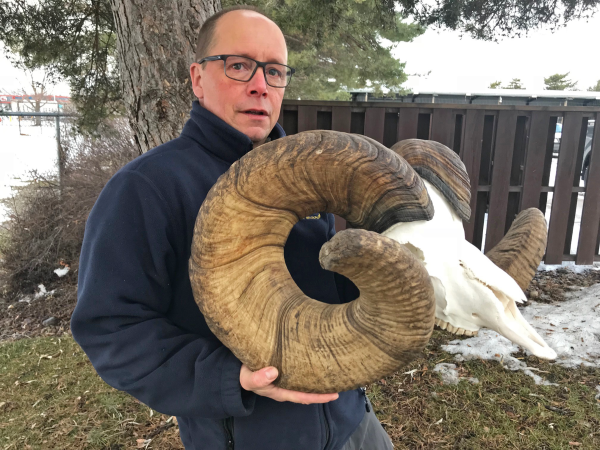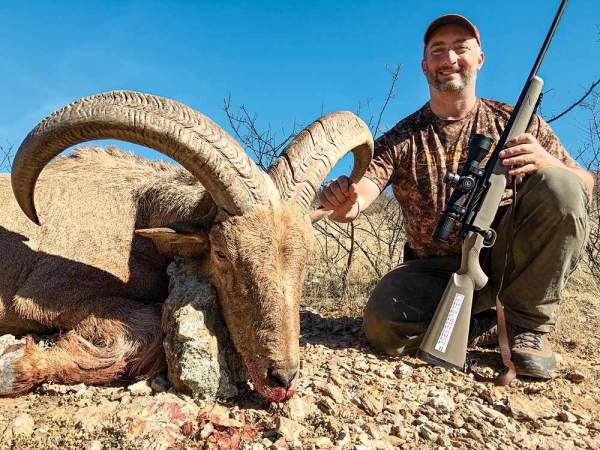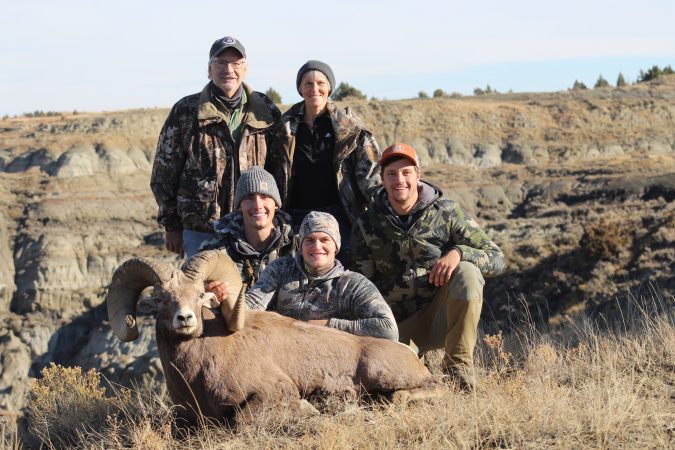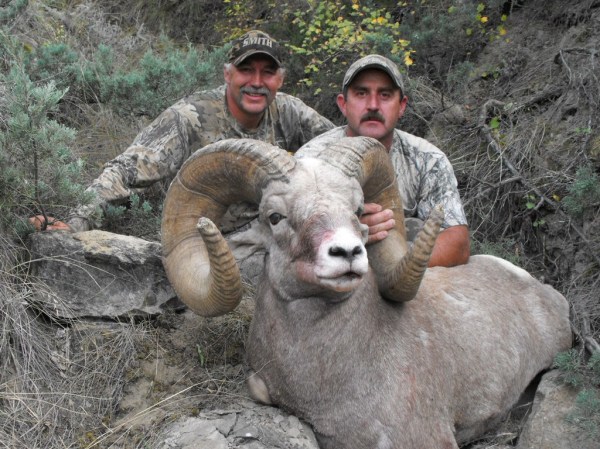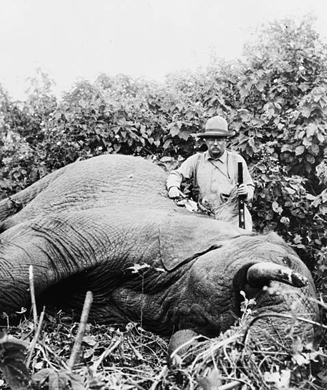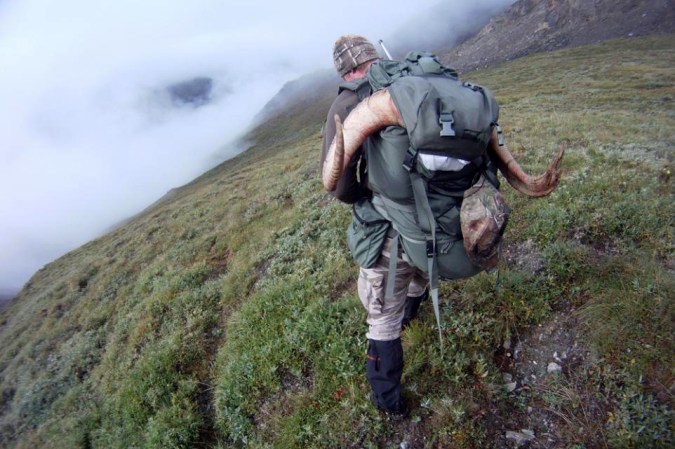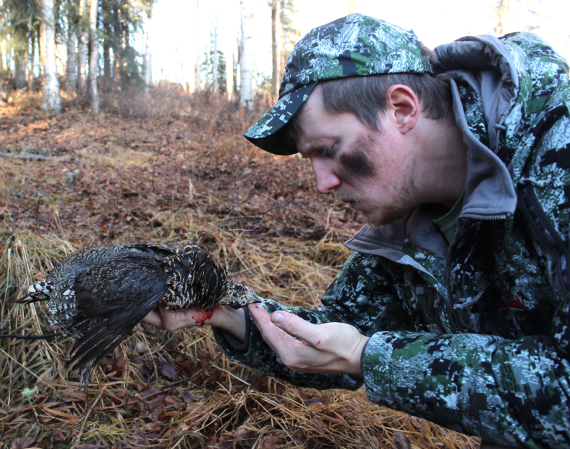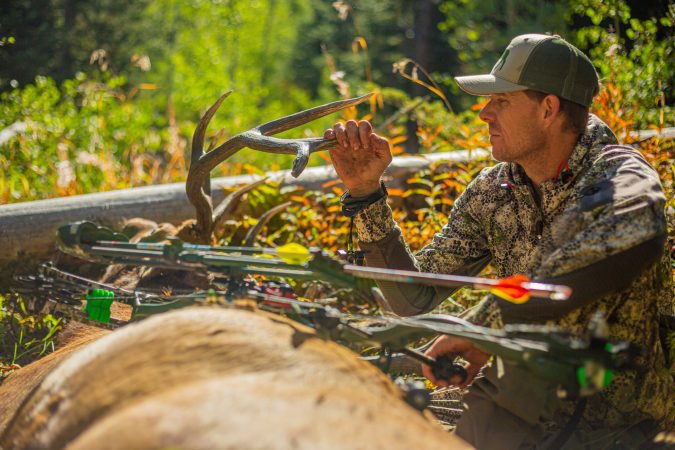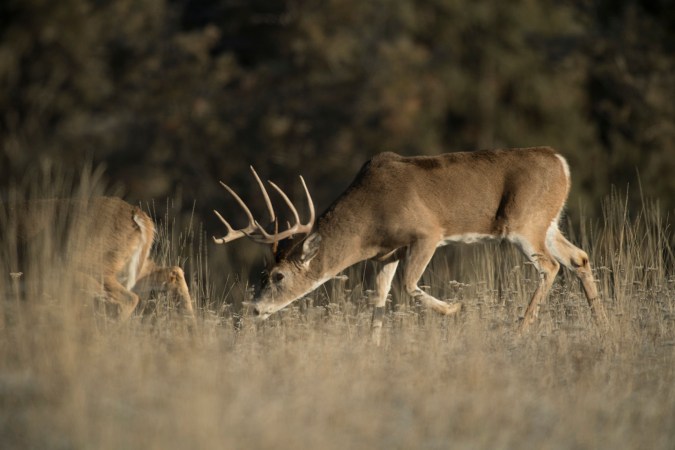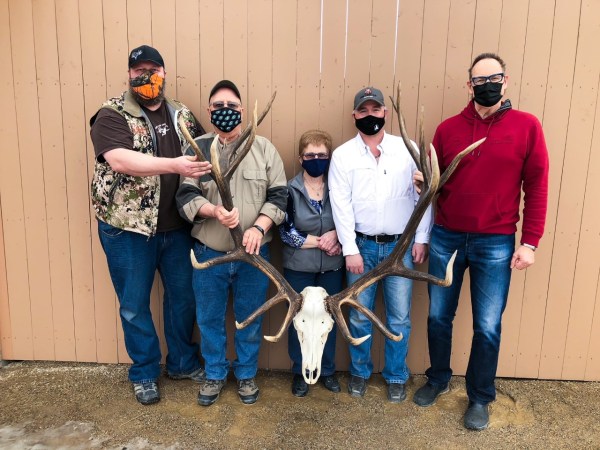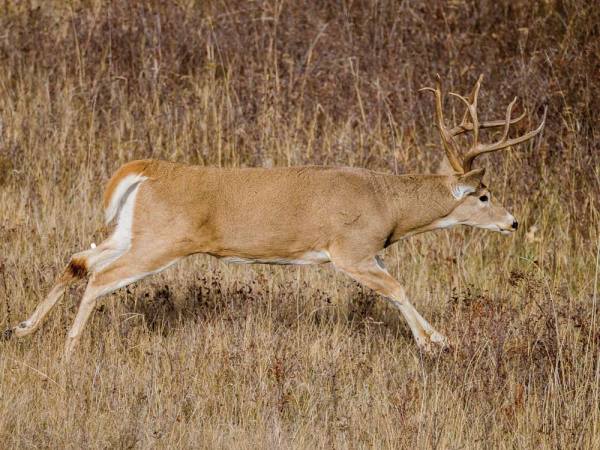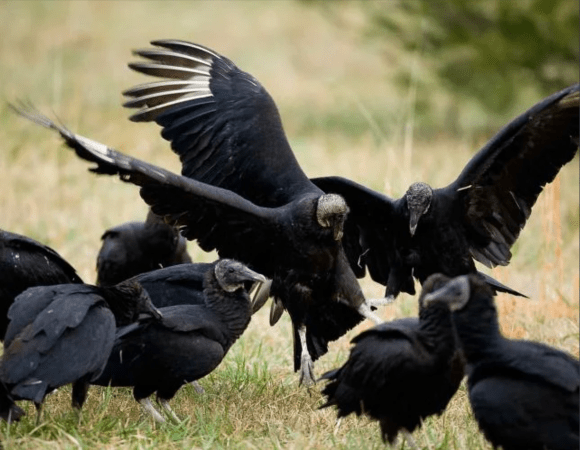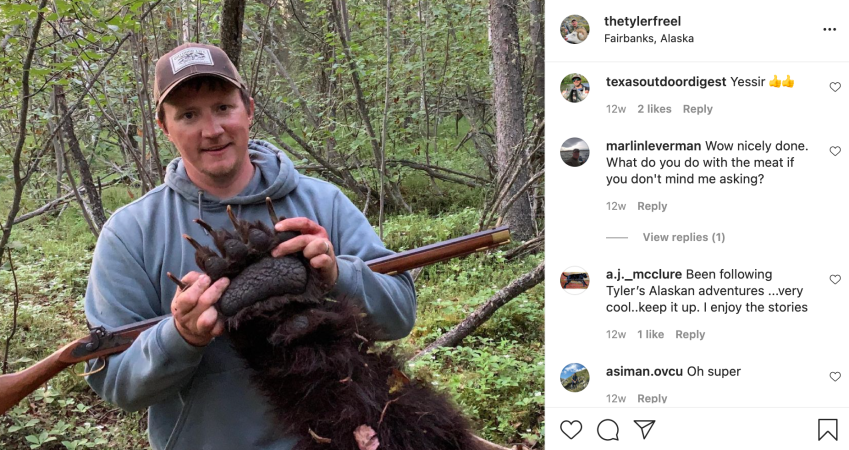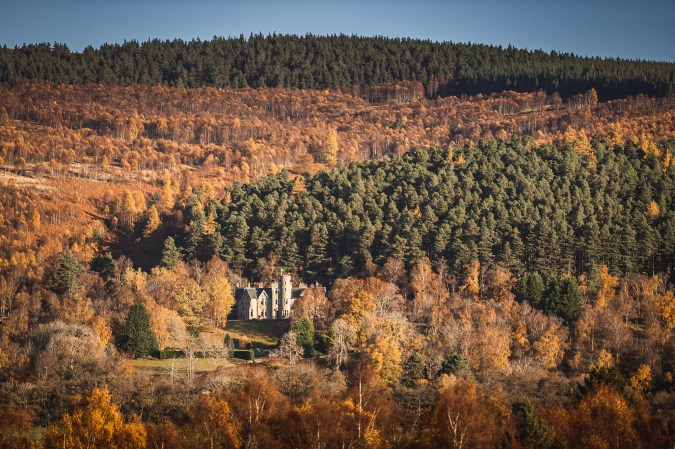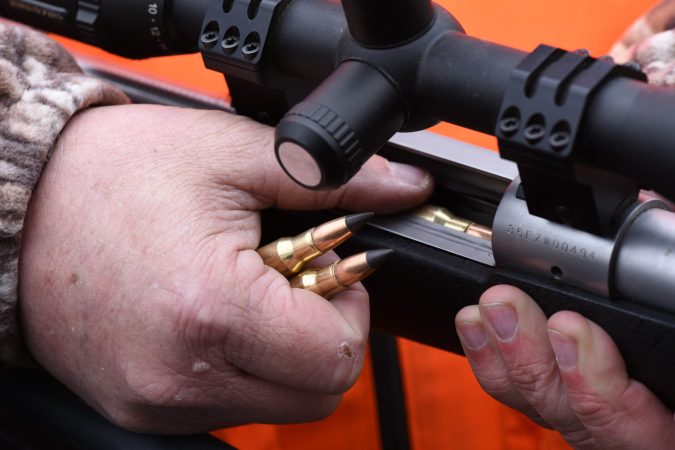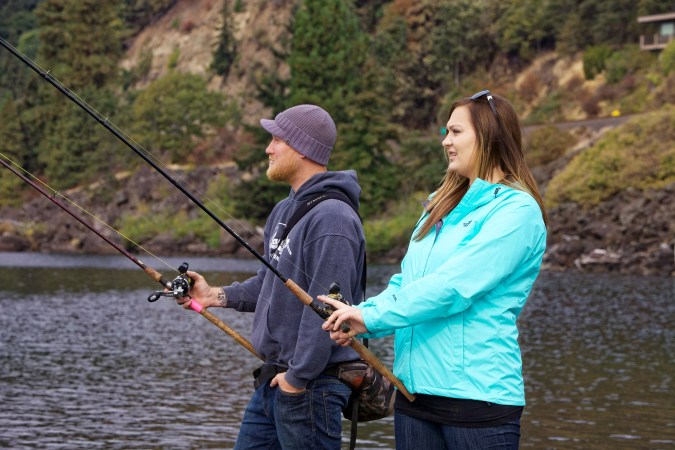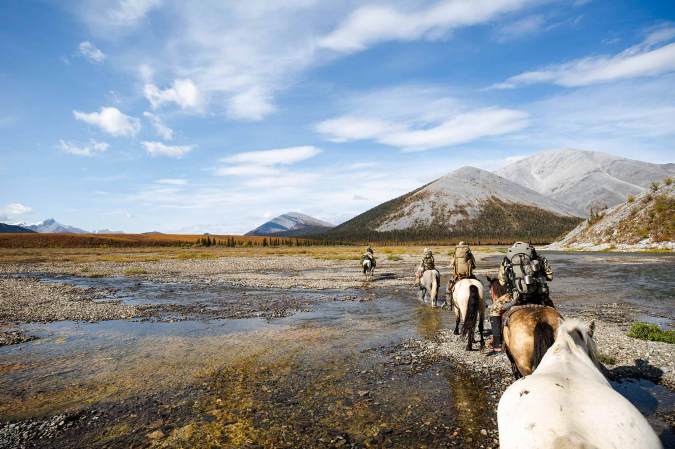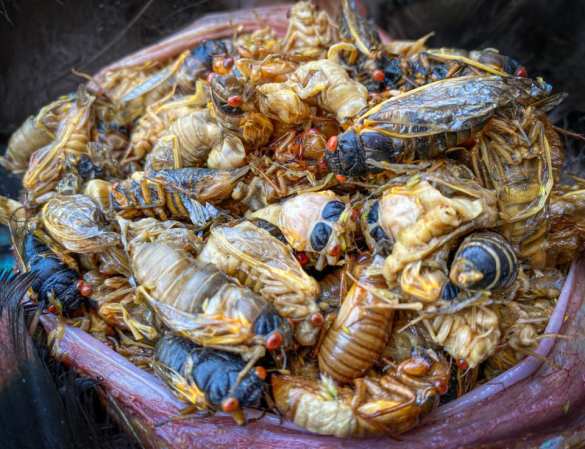Bobby Theis has taken a few trophy rams over the years, and the pending Texas state-record desert bighorn that he killed last month is his biggest yet. But the way Theis sees it, the accomplishment is less about the hunter and more about the success of the state’s desert bighorn restoration program.
Theis took the ram from the state-owned Elephant Mountain Wildlife Management Area, which is located near Alpine and is managed by the Texas Parks and Wildlife Department. He was joined on the hunt by guides Jim Breck Bean and Jasper Klein, along with TPWD’s Cody McEntire.
Theis shot the ram on March 22, and both Bean and McEntire measured the ram with a green net score of 185 5/8 inches. If this number holds through the 60-day drying period, it will beat out the current state record of 184 inches that has been on the books since 2007.
Chasing Spring Rams in the Desert
A diehard sheep hunter with three North American Grand Slams under his belt, Theis knows all about the allure of chasing rams in the mountains.
“It’s the pinnacle of hunting,” Theis says. “I’ve been doing it for 11 or 12 years, and I just got into the love of hunting sheep and the whole mountain hunting experience. Physically and mentally, it’s just very challenging.”
Hunting desert bighorns in Texas presents is own unique set of challenges, and one of the biggest obstacles is securing a permit. The state only issues a few public-draw permits a year, and private land tags are only allocated to select landowners with a surplus of bighorns on their property. So when the Wild Sheep Foundation auctioned off a Texas public land permit in January 2021, with 100 percent of the proceeds going toward sheep restoration in the Lone Star State, Theis jumped on the opportunity. And as he looked forward to the hunt, he already knew that he would bring along Jim Breck Bean, a well-known local guide and the owner of High West Outfitters.
“I’ve hunted with Bobby a lot, and I believe that was our fourth sheep hunt together,” Bean tells Outdoor Life. “He’s a native Texan and he’s always said, ‘If I’m gonna hunt sheep I’m gonna keep my money in Texas and give it back to Texas sheep.’ So, for somebody who is that dedicated to Texas sheep to potentially have the state record—it’s definitely a feather in his hat, and he’s a very deserving hunter.”
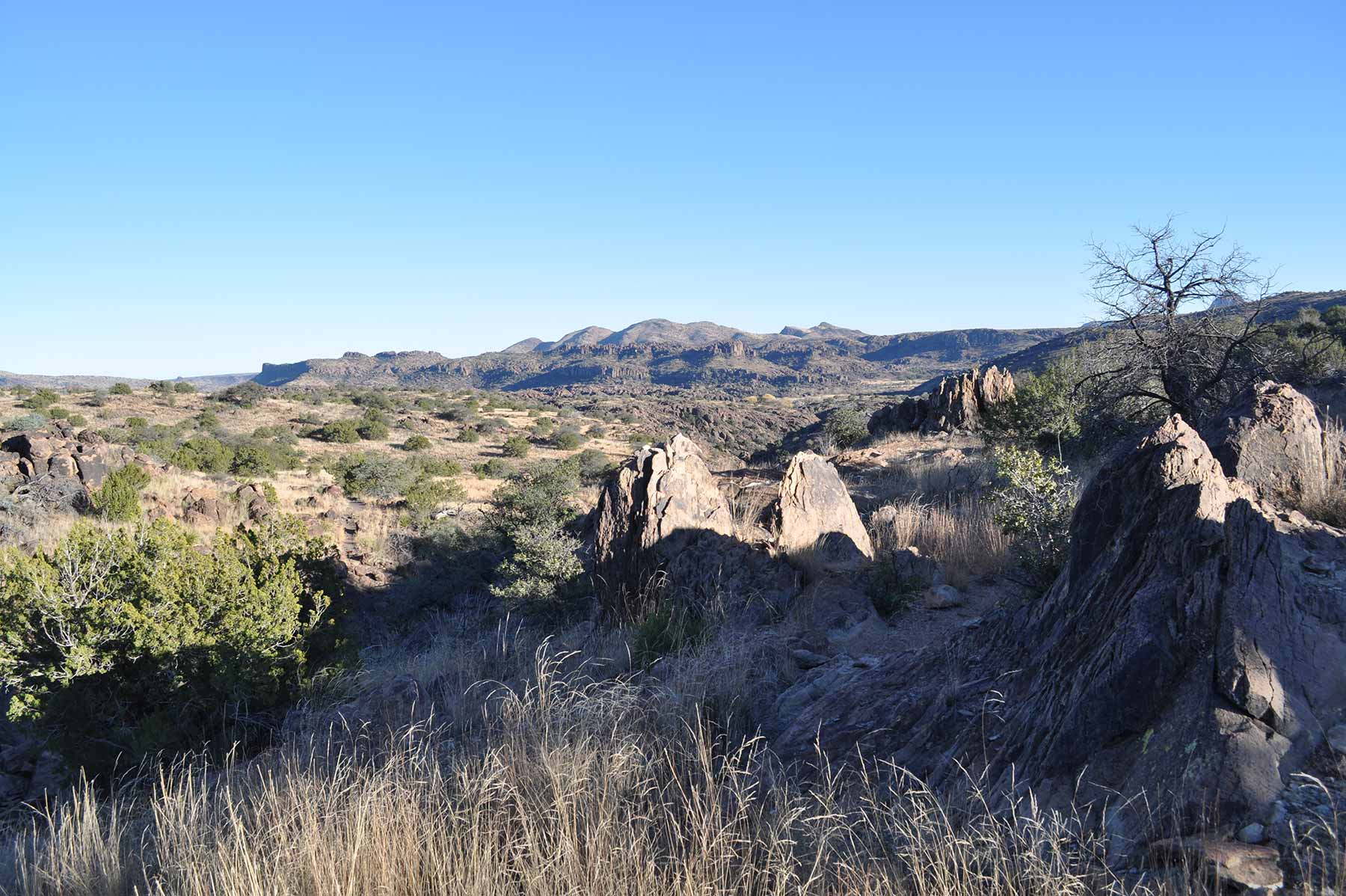
The tag that Theis bought would be valid for 11 months starting Sept. 1. Bean says he chose to hunt in the spring because bighorns tend to bachelor up this time of year, and he thought late March would give them the best chance of seeing a broad spectrum of mature rams. He explains that on a typical auction hunt, his guides would have pre-scouted the area for weeks before the hunter arrived, but Theis didn’t want too many added advantages. He wanted it to be a hunt.
And when he showed up to TPWD’s headquarters at Elephant Mountain WMA on March 21, Bean was there along with his head sheep guide Jasper Klein. Because it was a special occasion for the state agency—which has been working tirelessly to restore desert bighorn populations since the 1970s—a whole crew of folks from TPWD participated as well. McEntire, the head biologist and manager at the WMA, joined the group as an area guide, while other officers with the agency set up at different locations around the mountain to help spot rams.
McEntire’s local knowledge paid off right away, as he showed Bean a photo he’d captured through a spotting scope of an exceptional ram in the area. With this ram in mind, the four drove to the top of Elephant Mountain to start glassing for sheep.
“It was pretty windy and pretty damn cold,” Bean says of their first afternoon. “We saw 23 or 24 rams, and few good rams—well over Boone and Crockett—but nothing that we were after with that specific tag.”
With the big ram still out there, the hunters called it early. They headed back down the mountain around 6 p.m. and made their plans for the following day over dinner.
Finding the Right Ram
The party of four was back on top of Elephant Mountain by daylight on Tuesday, and Bean says they found the same big group of rams right off the bat. The ram they were looking for still wasn’t with the group, but as they watched the sheep work, TPWD’s Josh Cross, manager of the Sierra Diablo WMA, let McEntire know that he had spotted a group of a dozen or so bighorns on a different part of the mountain.
The hunters then re-located and set up near the group Cross had spotted. There were 19 in total, Bean says, and one of them looked a lot like the photographed ram that was now etched in his mind.
“We were about 1,400 yards from them at the time,” Bean explains, “but through the heatwaves and bad air conditions we could tell it was a really special ram. So I had a talk with Bobby and told him I thought it was a definite shooter. We re-positioned ourselves above the rams and came in over them from about 350 yards away.”
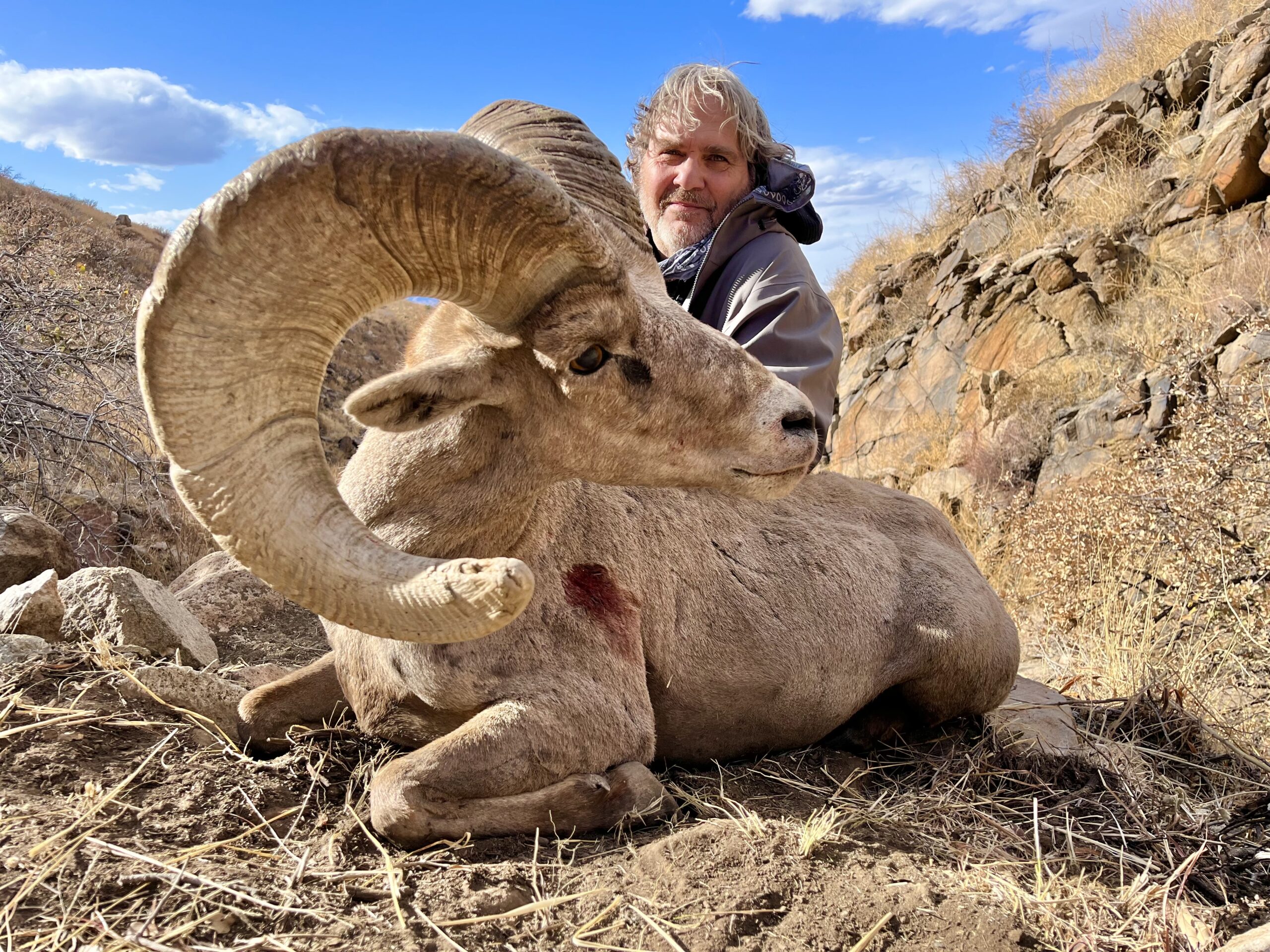
From this distance, they kept watching the big ram and aged him around 10 years old. As the group grazed towards them, Theis got his Mesa Precision Arms in 6.5 PRC steadied on the bipod and waited for the ram to turn broadside.
“Once it did,” Bean says, “Bobby made one perfectly placed shot from a little over 300 yards and that was that.”
The group found the ram in a rocky drainage not far from where he was shot, and Bean says he recognized right away that it was a special animal.
Read Next: Aoudad in West Texas: Is the “Poor Man’s Sheep Hunt” Really a Sheep Hunt?
“We were all thrilled to death of course. It was a pretty cool moment,” Theis says. “They got to it first because I’m 63—and they’re not. But when I got there, we all knew it was bigger than what we thought.”
After some photos and quick measurements, Bean says they were all confident that the ram was over 180 inches. It wasn’t until McEntire put his tape to the horns that they started thinking about a potential state record, but it will be a month or more until anything is official.
As for Theis, he’s just happy to have taken another good ram and to support the state’s conservation efforts in the process.
“Once I decide to shoot, scoring really means nothing to me,” Theis says. “It’s about shooting an old, mature ram. And Texas Parks and Wildlife and the Wild Sheep Foundation—they deserve the credit. I was just fortunate to kill what is hopefully a book ram. And if he doesn’t make it, well he’s still a hell of a ram.”

